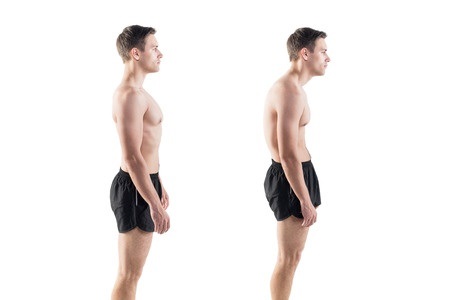⚠️ Test Running in Guest Mode
Important: Your final mark will not be saved.
A1–A2 Structure and Function GapFill
You must fill all the gaps before clicking ‘Check Answers!’

The human skeletal system can be separated into two sections: the axial skeleton and the appendicular skeleton. The clue for the axial skeleton is in the name: being the main axis, it acts as a point of attachment for the bones of the appendicular skeleton. The axial skeleton consists of the cranium, sternum, ribs and , whereas the appendicular skeleton is comprised of the bones of the upper and lower limbs, as well as those surrounding the pelvic and shoulder girdles.
The vertebral column, also known as the , is a key structure for human movement and function. It consists of 33 bones that span five different sections:
- – The first seven vertebrae extend from the cranium to the upper back. This section consists of the atlas-axis joint, which allows movement at the neck.
- – The longest section of the vertebral column consists of 12 vertebrae which stretch from the lower to upper back. This region curves slightly outwards and is termed .
- – Although there are only five vertebrae in this section, they are all larger than the vertebrae that make up the other sections. This region curves slightly inwards and is termed .
- – Also consisting of five vertebrae, this differs from the previous section in that the bones are fused together. This section is in line with the pelvic girdle.
- – Also known as the tailbone, this consists of four bones fused together.